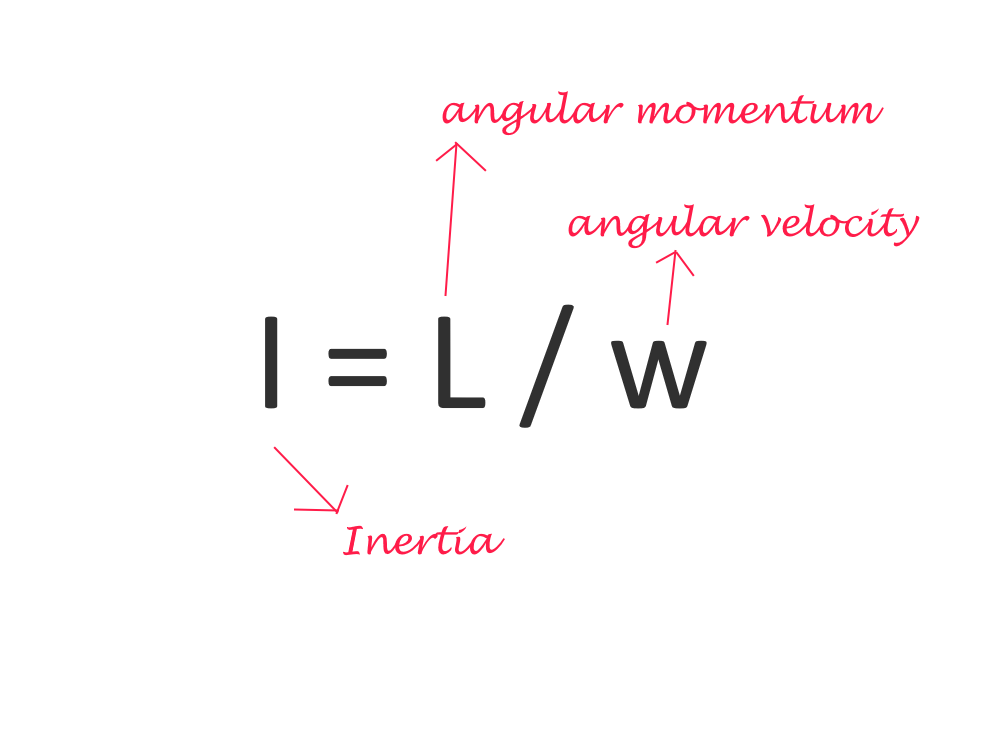
Inertia
Inertia vs Momentum :
🛈 Info:
? Questions:

🛈 Factors affecting the inertia of a vehicle
Mass of the vehicle : The greater the mass of the vehicle, the greater its inertia will be. A heavier vehicle will require more force to accelerate, decelerate or change its direction. Distribution of mass : The way in which the mass of the vehicle is distributed can also affect its inertia. A vehicle with a higher concentration of mass toward the front or rear will have different handling characteristics than one with more evenly distributed mass. Velocity of the vehicle : The higher the velocity of the vehicle, the greater its inertia will be. A vehicle traveling at high speed will have more momentum and will require more force to stop or change its direction. Type of vehicle : The type of vehicle can also affect its inertia. For example, a vehicle with a higher center of gravity, such as an SUV, will have more inertia and will be more prone to rollovers. Friction and drag : Friction and drag, both from the vehicle's internal components and the air resistance, can also affect the vehicle's inertia, as they can reduce the vehicle's speed or ability to maintain it.
? How does inertia affect your vehicle and passengers?
Vehicle Inertia:
Resistance to Changes in Motion: A vehicle at rest tends to stay at rest, and a vehicle in motion tends to stay in motion unless acted upon by an external force. This property of inertia is particularly relevant during acceleration, deceleration, and changes in direction. Braking : When you apply the brakes, the vehicle's inertia resists the change in motion. The brakes provide the necessary force to slow down the vehicle. Acceleration : When you accelerate, the vehicle overcomes its initial state of rest due to the force applied by the engine.
Passenger Inertia:
Resistance to Changes in Motion: Passengers inside a vehicle also exhibit inertia. When the vehicle accelerates, decelerates, or changes direction, the passengers tend to resist these changes. Forward Movement during Braking: When a vehicle comes to a sudden stop (e.g., during hard braking), passengers may continue moving forward due to their inertia until restrained by seat belts, airbags, or other safety features. Backward Movement during Acceleration: Similarly, during rapid acceleration, passengers may experience a backward force until the vehicle reaches the desired speed. Lateral Movement during Turns: Inertia can cause passengers to lean to one side during turns, especially if the turns are sharp.
Importance of Seat Belts :
Seat belts are crucial for passenger safety because they help counteract the effects of inertia. In the event of a sudden stop or collision, seat belts restrain passengers, preventing them from continuing forward motion.
Vehicle Stability:
Inertia influences a vehicle's stability, especially during turns. The distribution of mass and the design of the suspension system play a role in minimizing the effects of inertia and maintaining control.
Anti-lock Braking System (ABS):
ABS is designed to prevent wheel lockup during hard braking. By allowing controlled wheel rotation, ABS helps maintain steering control and stability, taking into account the effects of inertia.